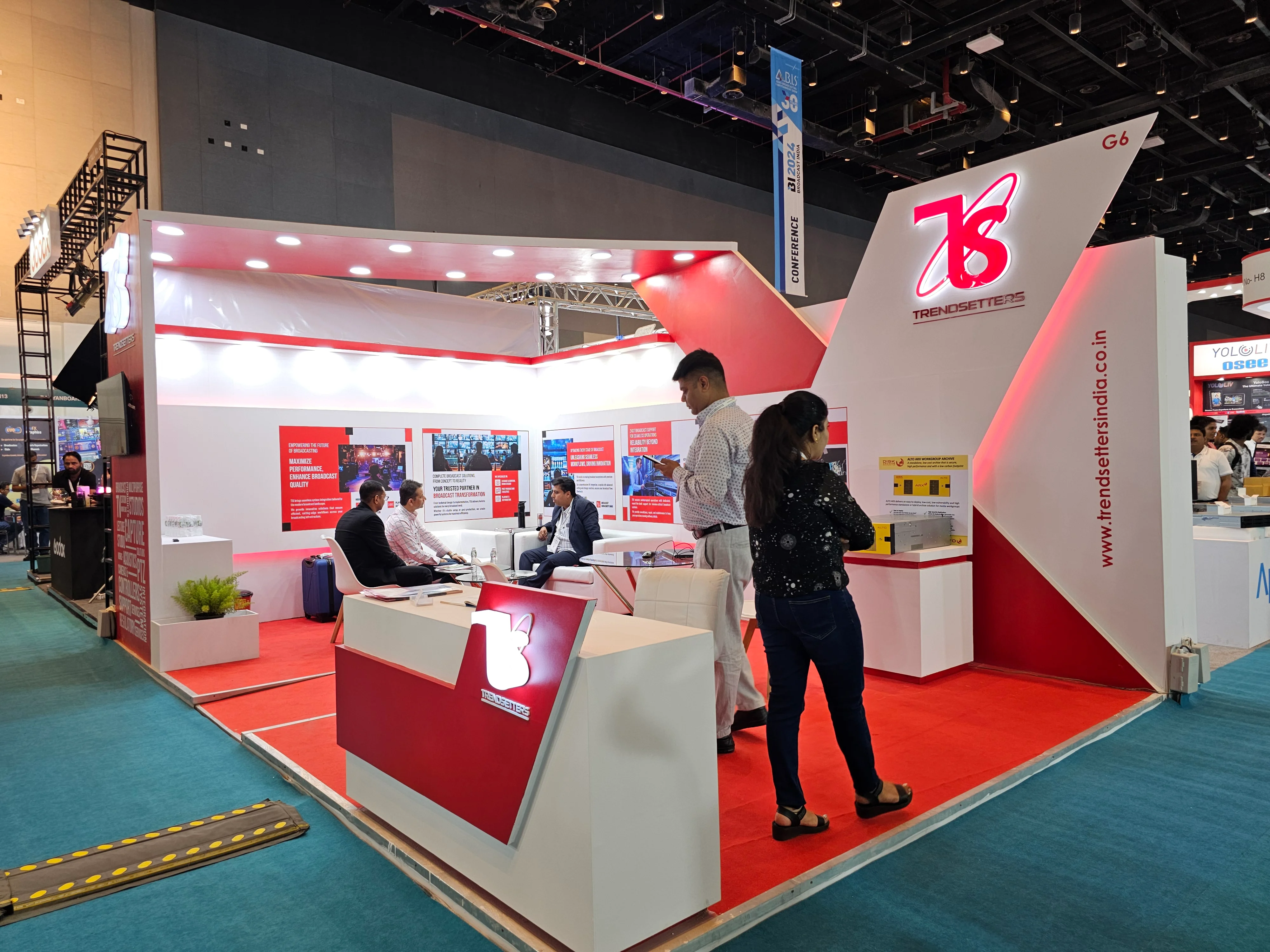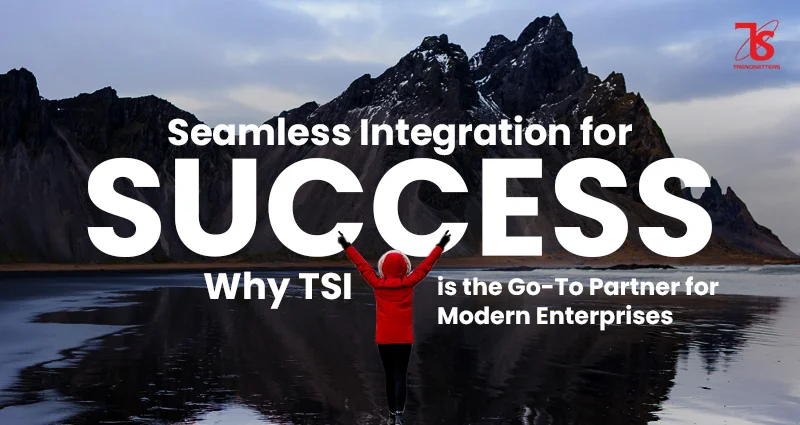Innovating the Future: Technology, M&E, and More
Until recently, there was a clear recipe for the success in the M&E industry. Now that technology advances have made a lot of things feasible, the M&E industry should also stay updated. To thrive in the technological environment today and even for the future, the sector must drive both innovation and efficiency at the same time. Furthermore, the industry should also embrace new approaches to the development of content, operations, distribution and monetization. Simply put, they must adapt their capabilities, strategies and operating models to address various key essentials.
At the dawn of a new era, a huge expansion of human communication is swaying culture far and wide. Revolutionary technological advances are just part of what is happening, and that is unifying humanity and turning it into a global village. Together with technological advancement, the M&E industry is growing at a fast pace. The information revolution has made the process of information quick. According to a survey by Statista, India is the second-largest online market in the world after China and by the end of 2023, there would be +650mn internet users in the country. Consumer spending and time are shifting to digital.
The shifts in technology are impacting the value of content and distribution. Nowadays, consumers are no longer satisfied with print, video, or other forms of information and entertainment. In a search-driven world, consumers are actively looking for control, interactivity and community. Therefore, ad-supported media companies must develop a robust digital toolkit to create premium inventory. The goal for media organizations has shifted towards creating relationships with the consumer rather building impressions. New strategies combine content and apps could offer considerable value to M&E firms across digital media. For instance, companies are now influencing consumer towards AI and VR rather driving them to stores, theatres and other screens.
Currently, social media and mobile media are expanding swiftly, hence actively contributing to the platforms of growth. In future, it would need mastering a new skill set and strategies that involve portfolio and business development, technology and software. Creating a successful innovation culture could also be a major part of the path forward. For a lot of digital media firms, this would require greater openness in the innovation processes as well as the need to embrace more systematic approaches and trying out new things yet scaling up only those that work.
The growth of global M&E will be primarily fed from the emerging Latin American, Middle East and Russia where the multimedia landscape is rapidly developing. In most cases, traditional barriers related to regulation and distribution are no longer very substantial. Firms that are in search of growth, must evaluate acquisitions and partnerships that result in a wider exposure to these geographies. M&E companies seek to boost the value of their media assets via merging creativity with technology. These companies are looking to reduce the cost and risk of managing network services delivery while maintaining high definition and 3D Content.
The expansion of digital technology displayed in fixed and wireless network connectivity which has enabled number growth in connected devices and new routes to a user. It is now changing the structure of this ever-evolving industry, driving new strategies to produce, distribute and monetize content across the landscape. Consumers will have far more content to choose from, available to them anytime, anywhere. Now the situation is, empowered users are settling to brands, platforms and experiences, which are differentiated as much by the quality of their customization, curation, and conveniences. For the people in the field, the formula for success is radically changing. It is no longer enough to develop content for the eyes but the experiences. This rapid heave in digital consumption is forcing the M&E industry to relook its business model.






